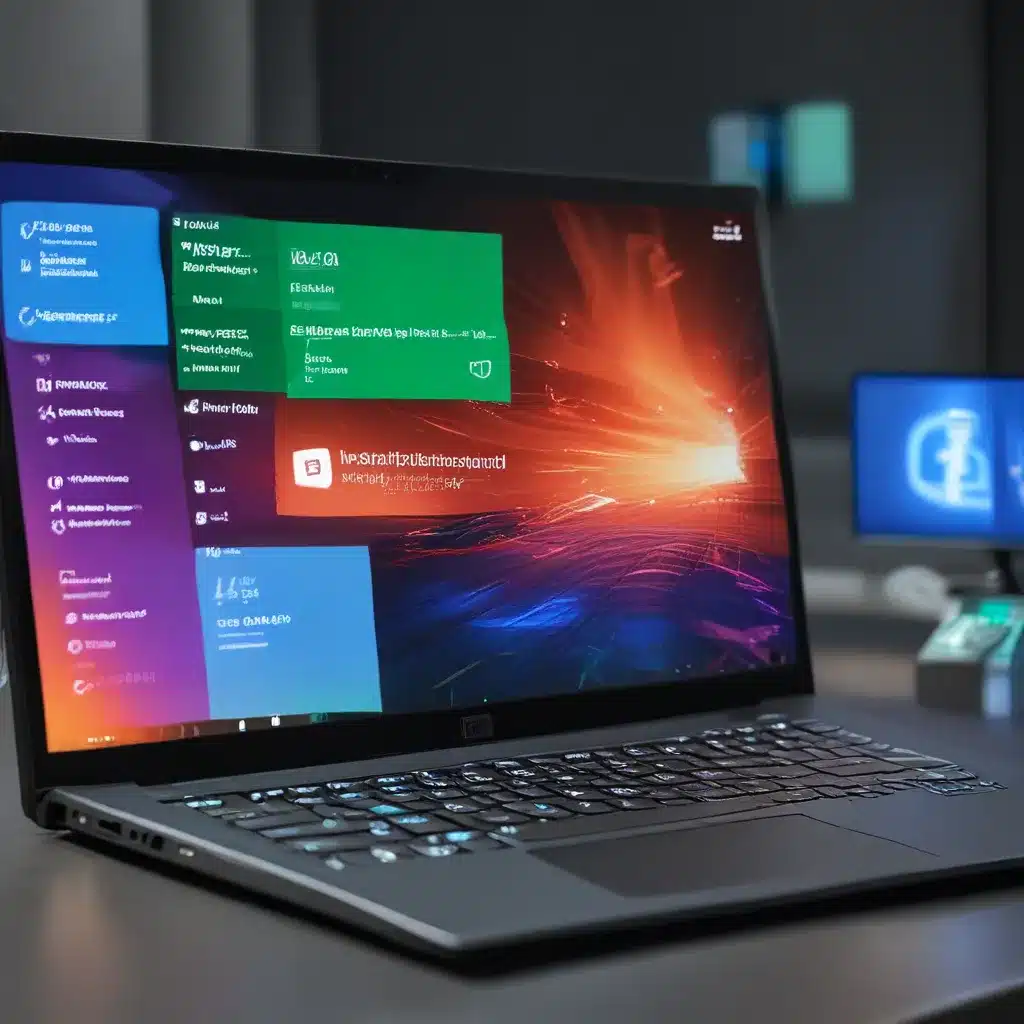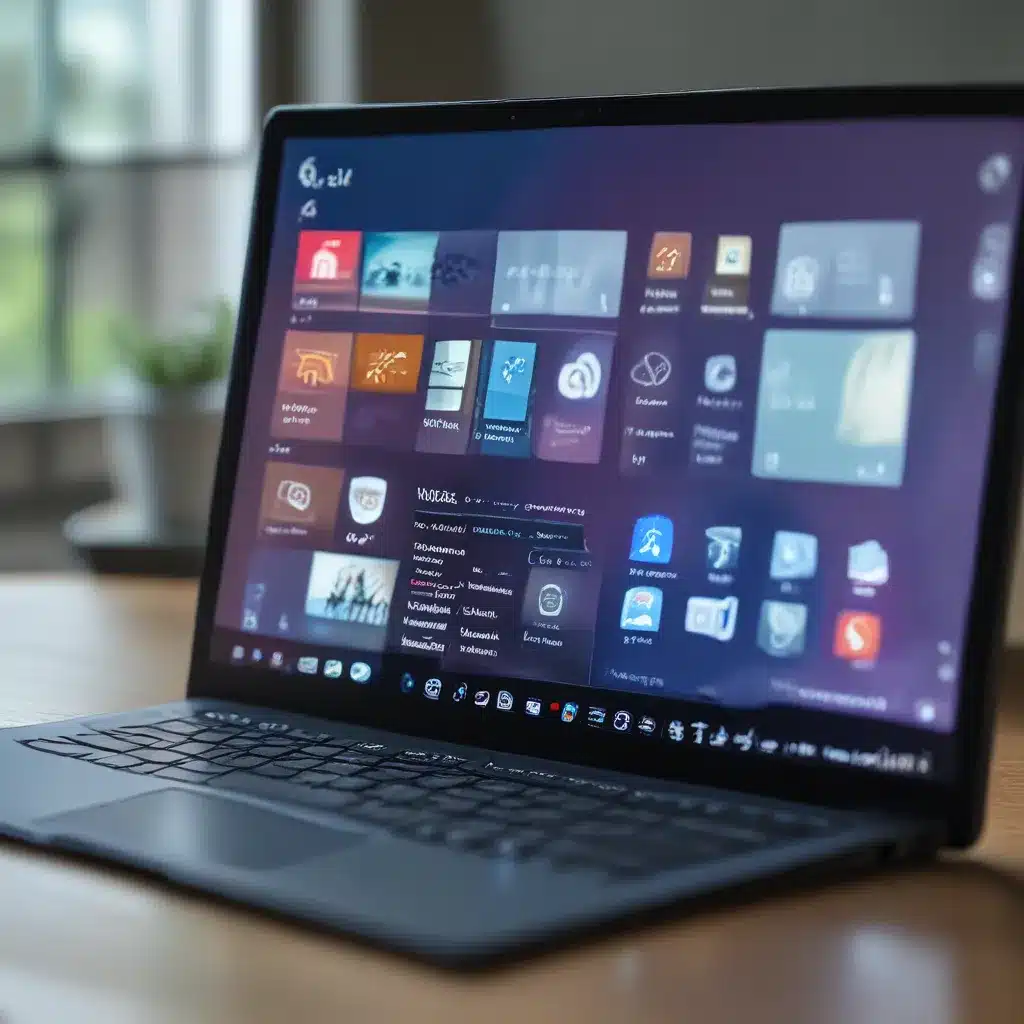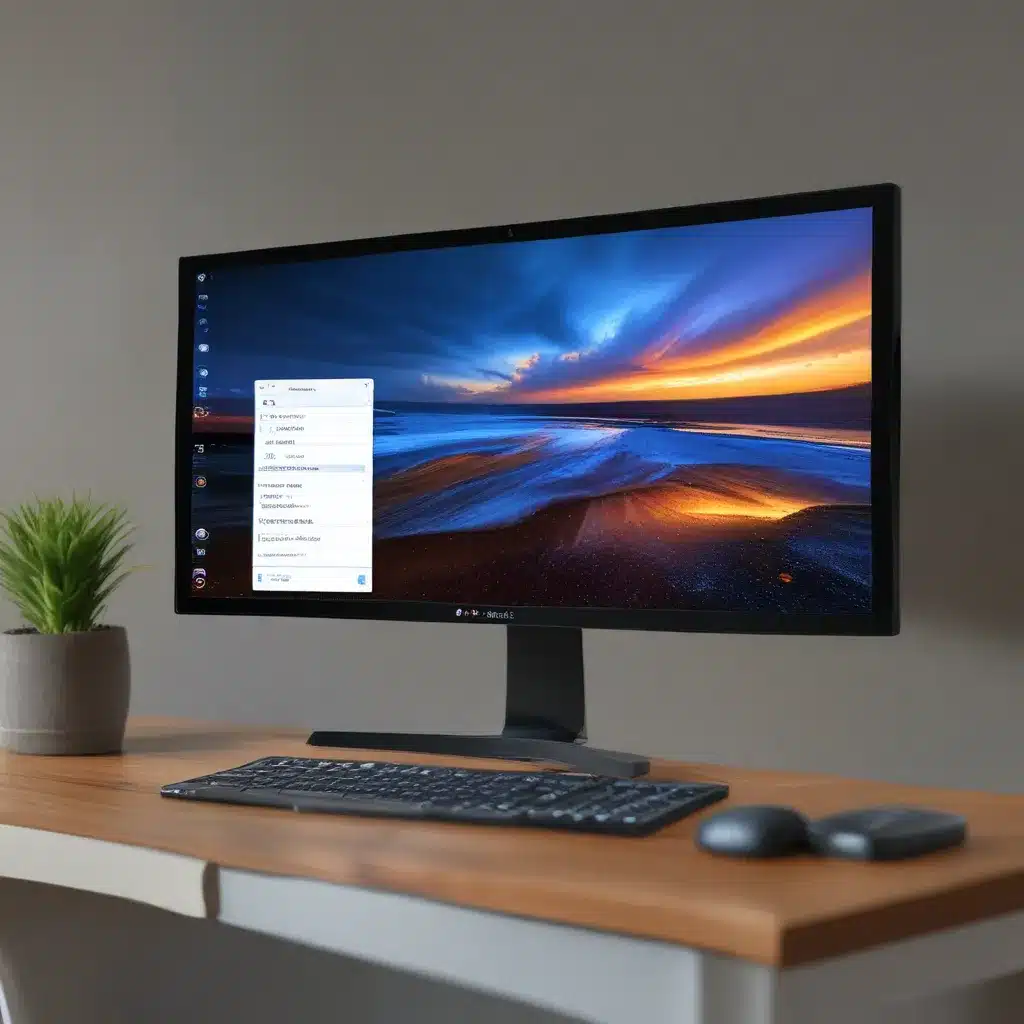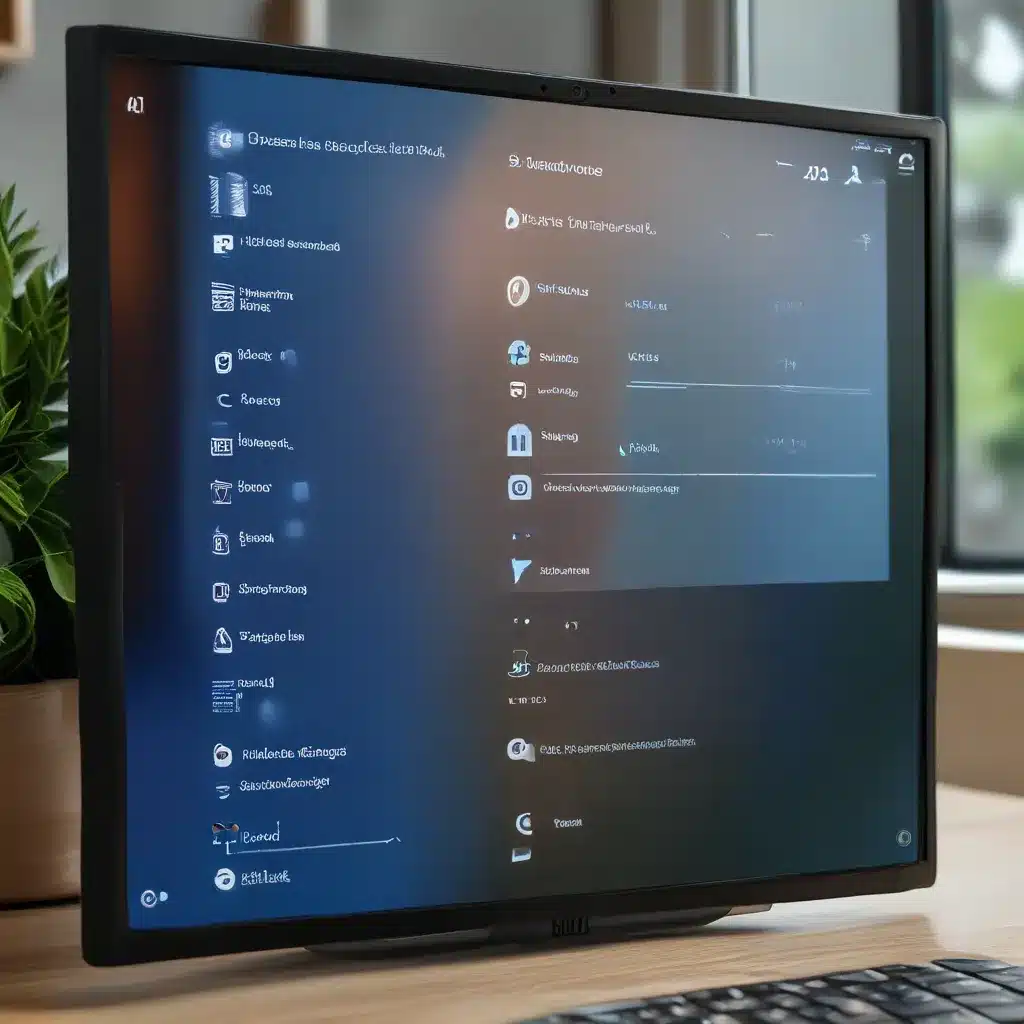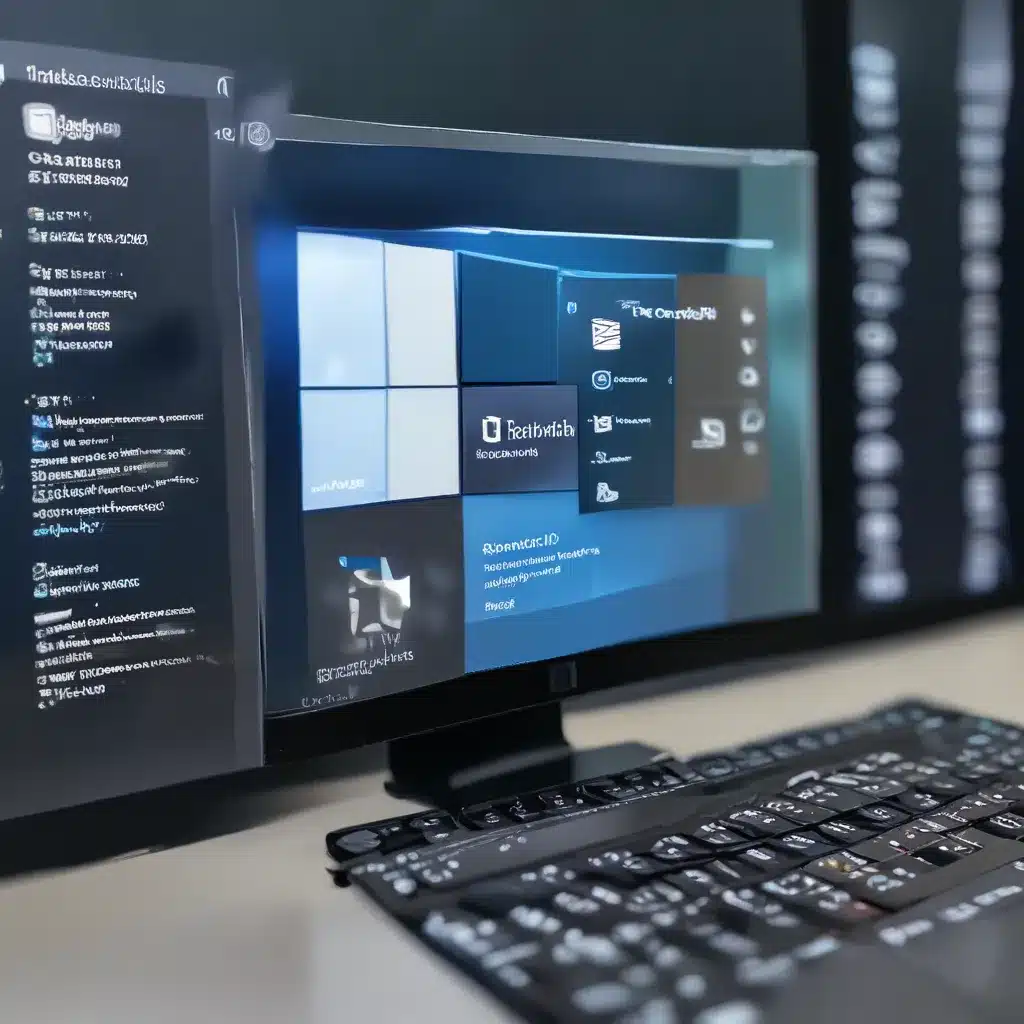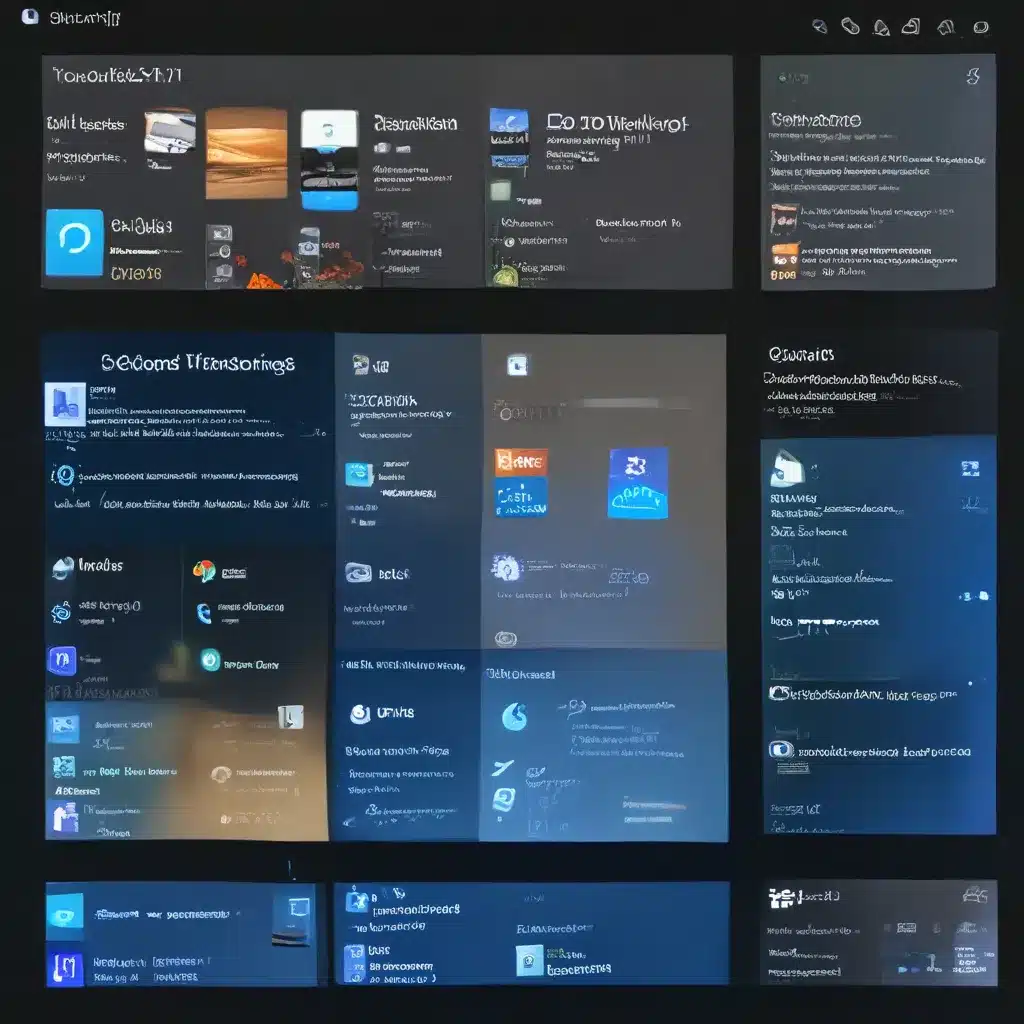The Android Malware Nightmare: A Personal Journey
Have you ever experienced that sinking feeling when your beloved Android device starts acting up? The sudden slow downs, mysterious app crashes, and even stranger popup ads – it’s enough to make any tech-savvy individual groan in frustration. Well, my friends, let me tell you a tale of my own android malware nightmare, and how I conquered the digital demons lurking within.
It all started one fateful day when I was browsing the web on my trusty Android smartphone. I had just downloaded a new app that promised to boost my device’s performance, and little did I know, that’s where the trouble began. Almost immediately, my screen was bombarded with intrusive ads, my battery life drained faster than a thirsty camel in the desert, and every time I tried to open a new app, my phone would freeze up like a block of ice.
Identifying the Malware Infection
As an IT professional, I’m no stranger to troubleshooting technical issues, but this was a whole new level of frustration. I knew I had to act fast before the malware took over my entire device. So, I started digging deeper, scouring the internet for clues and solutions.
One forum post I stumbled upon suggested that the issue could be a BIOS rootkit – a particularly nasty type of malware that can burrow deep into the very core of your device’s operating system. This sent a chill down my spine, as I realized the gravity of the situation.
I decided to put on my investigative hat and started meticulously scanning my device for any signs of suspicious activity. I sifted through my app list, scrutinizing each one for any red flags. To my horror, I discovered a handful of apps that were clearly not from reputable sources, and they were the culprits behind all the chaos.
Resolving the Malware Infection
With a sense of determination, I knew I had to take action and reclaim my device from the clutches of this malware infestation. But where to start? The internet was flooded with advice, from factory resets to complex malware removal tools, and I found myself feeling overwhelmed.
One thread on the Google Support forums caught my eye, where users were discussing the best way to tackle Android malware. The consensus seemed to be that a combination of robust antivirus software and a thorough manual cleanup was the way to go.
Armed with this knowledge, I set out on my mission. First, I installed a reputable antivirus app, one that was specifically designed to detect and remove Android malware. I let it loose on my device, and to my relief, it identified the problematic apps and quarantined them.
But I knew that wasn’t enough. Malware can be sneaky, and it can leave behind hidden files and registry entries that the antivirus might miss. So, I rolled up my sleeves and got to work, manually sifting through my device’s settings, cache, and storage, hunting down every last trace of the malicious code.
One forum user’s experience with a stubborn malware infection on their Android device provided valuable insights. They had to resort to factory resetting their phone to truly eradicate the problem, as the malware had burrowed so deep that even the antivirus couldn’t catch it.
With a mix of caution and determination, I followed a similar approach. I backed up my important data, took a deep breath, and hit the reset button. As my device rebooted, I felt a sense of relief wash over me, knowing that I was starting fresh, with a clean slate.
Preventing Future Malware Infections
Now, you might be thinking, “But wait, what about all my precious apps and data?” Fear not, my friends, for I had a plan. After the factory reset, I meticulously reinstalled only the apps I trusted, one by one, ensuring that I didn’t reintroduce any malware in the process.
To prevent future infestations, I’ve adopted a few best practices that I’d like to share with you:
-
Be Cautious with App Downloads: I now scrutinize every app before I install it, checking the developer’s reputation, reviews, and permissions. If something seems even remotely suspicious, I steer clear.
-
Keep Your Device Updated: I make sure to keep my Android operating system and apps up to date, as these updates often contain important security patches that can protect against the latest malware threats.
-
Use a Reliable Antivirus: I’ve found a trustworthy antivirus app that constantly monitors my device for any signs of malicious activity. It’s like having a digital bodyguard on my side.
-
Backup, Backup, Backup: Regularly backing up my important data has been a game-changer. That way, if I ever need to perform a factory reset, I can restore my files without a hitch.
So, there you have it, my fellow Android users – the tale of my malware nightmare and how I emerged victorious. Remember, staying vigilant and taking proactive steps is key to keeping your device safe and secure. And if you ever find yourself in a similar situation, don’t hesitate to reach out to the team at ITFix – they’re always here to help you overcome any tech challenges you may face.



